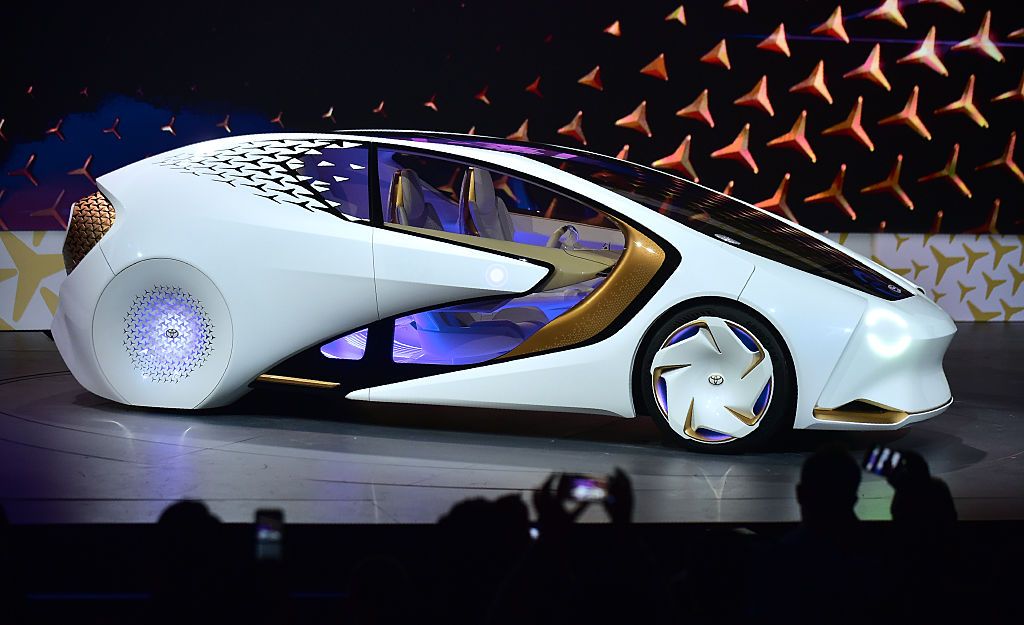Chevrolet's first fling at producing a compact car for the American market was the ill-fated Corvair, marketed 1960-69. The second attempt was the Vega in model years 1971-77. It sold well, more than two million being produced. This comparative success came despite Vegas having earned a reputation for many defects. Wikipedia has a detailed entry on the Vega that mentions its problems.
Here we focus on styling. In that regard, the Vega comes off somewhat better. Its design was uncluttered, its basic shape being a carefully scaled-down version of what a standard size American car could have looked like in those pre- aerodynamic efficiency days.
That virtue might also be considered a defect, because it might have looked even better -- or more appropriate -- had it not followed the general appearance of larger cars.
A 1971 Vega hatchback, the most popular model. Its "face" (especially the grille, bumper and headlight housings) strongly resembles that of the 1970 Chevrolet Camaro pictured below.
1970 Chevrolet Camaro Z/28 - Barrett-Jackson auction photo.
Near-side view of a 1971 Vega hatchback. A pleasant design.
1971 Vega hatchback seen from behind. Again, an uncluttered appearance.
Rear 3/4 view of a 1971 Vega Sedan. There never were four-door Vegas. This model featured a notch-back and conventional trunk.
Front 3/4 view of a 1971 Vega sedan. Its profile is less attractive than the hatchback's.
The third Vega body type was the "Kammback" station wagon. A low-production variation of this was a panel truck where the rear side windows were replaced by sheet metal panels.
Chevrolet's first fling at producing a compact car for the American market was the ill-fated Corvair, marketed 1960-69. The second attempt was the Vega in model years 1971-77. It sold well, more than two million being produced. This comparative success came despite Vegas having earned a reputation for many defects. Wikipedia has a detailed entry on the Vega that mentions its problems.
Here we focus on styling. In that regard, the Vega comes off somewhat better. Its design was uncluttered, its basic shape being a carefully scaled-down version of what a standard size American car could have looked like in those pre- aerodynamic efficiency days.
That virtue might also be considered a defect, because it might have looked even better -- or more appropriate -- had it not followed the general appearance of larger cars.
A 1971 Vega hatchback, the most popular model. Its "face" (especially the grille, bumper and headlight housings) strongly resembles that of the 1970 Chevrolet Camaro pictured below.
1970 Chevrolet Camaro Z/28 - Barrett-Jackson auction photo.
Near-side view of a 1971 Vega hatchback. A pleasant design.
1971 Vega hatchback seen from behind. Again, an uncluttered appearance.
Rear 3/4 view of a 1971 Vega Sedan. There never were four-door Vegas. This model featured a notch-back and conventional trunk.
Front 3/4 view of a 1971 Vega sedan. Its profile is less attractive than the hatchback's.
The third Vega body type was the "Kammback" station wagon. A low-production variation of this was a panel truck where the rear side windows were replaced by sheet metal panels.



















EmoticonEmoticon